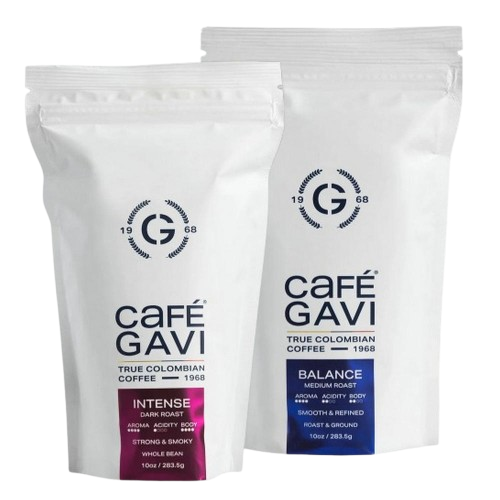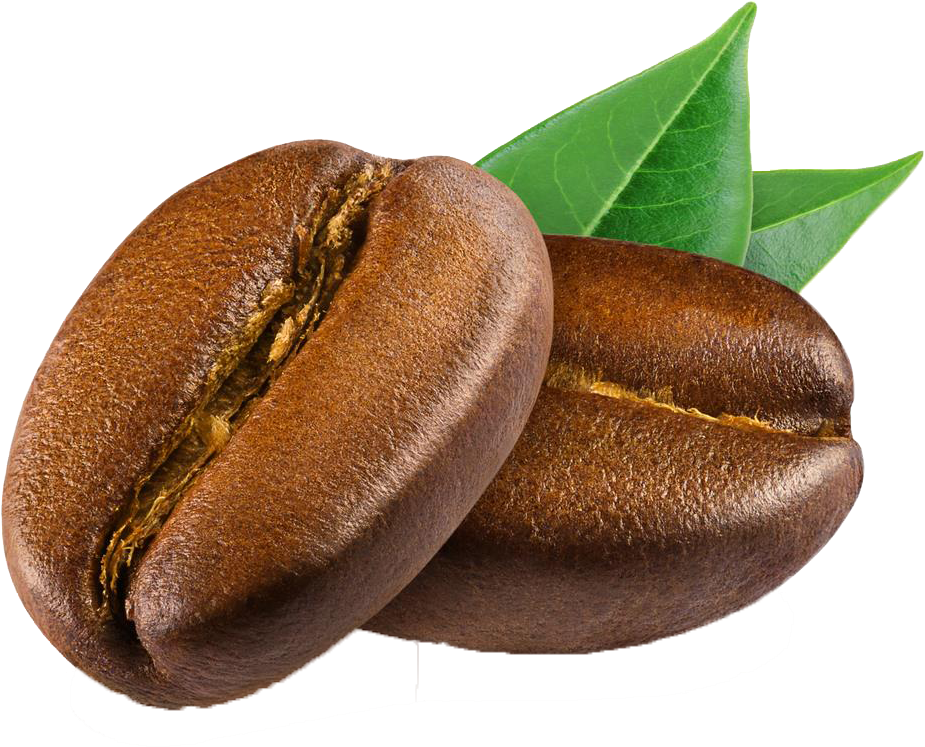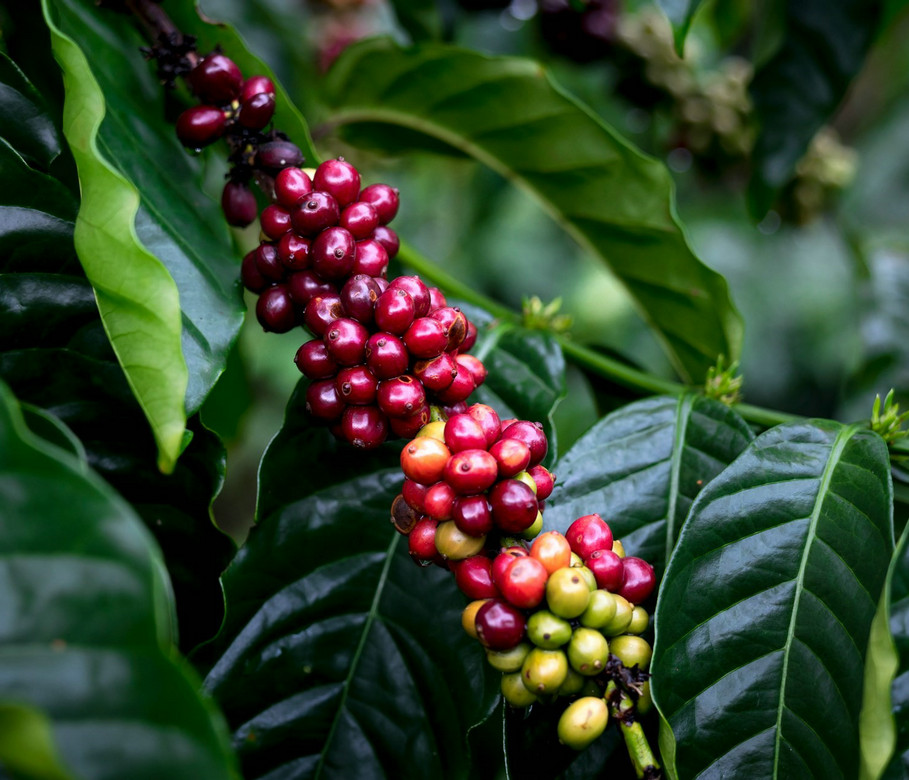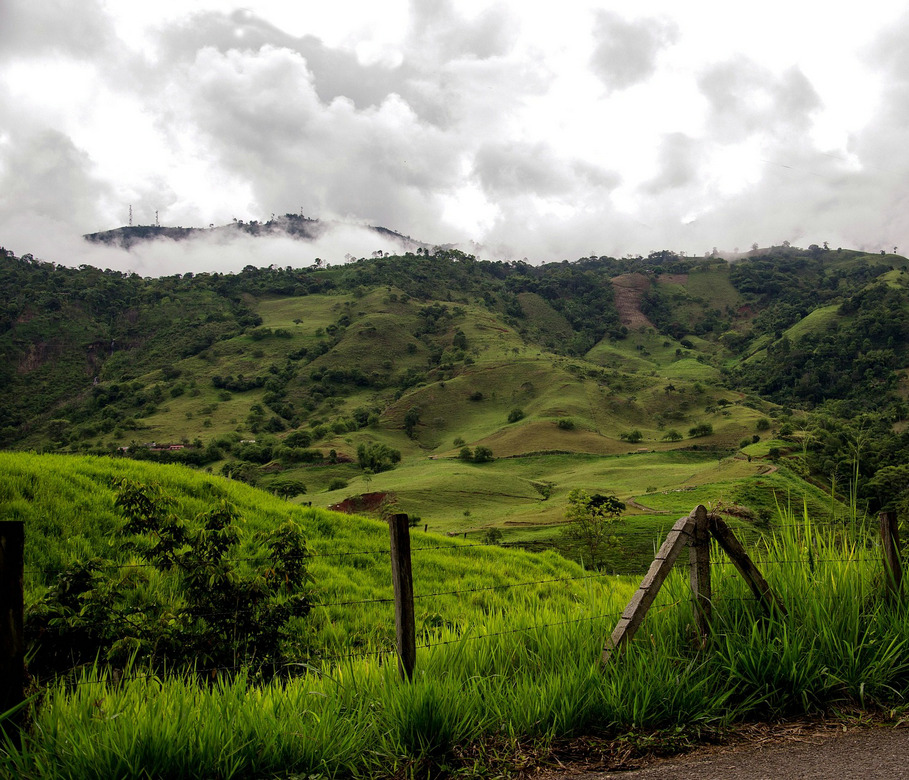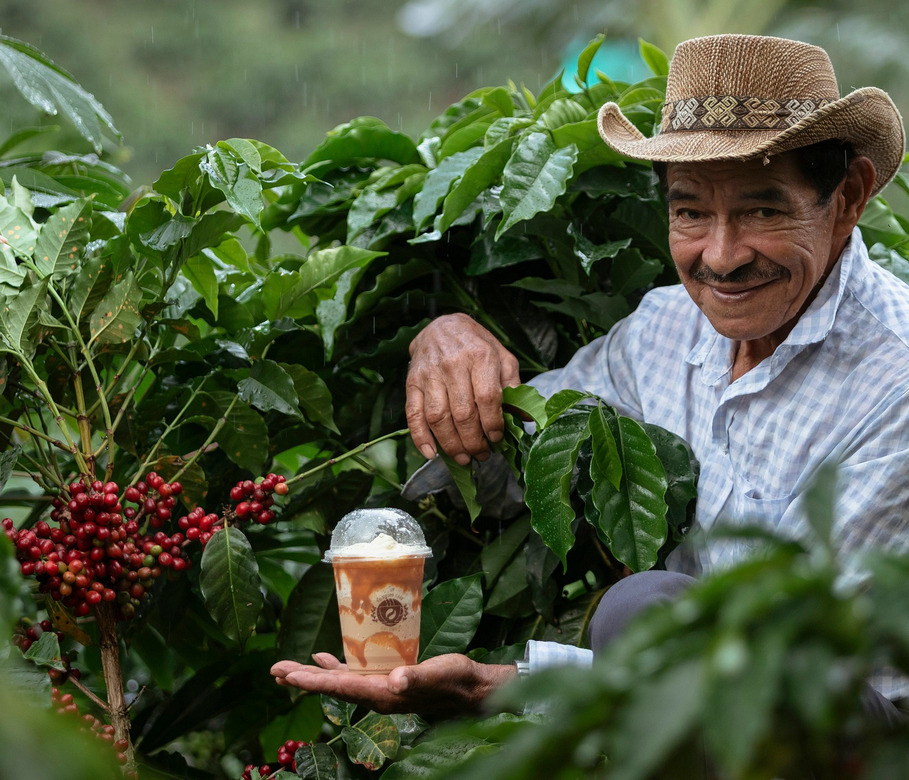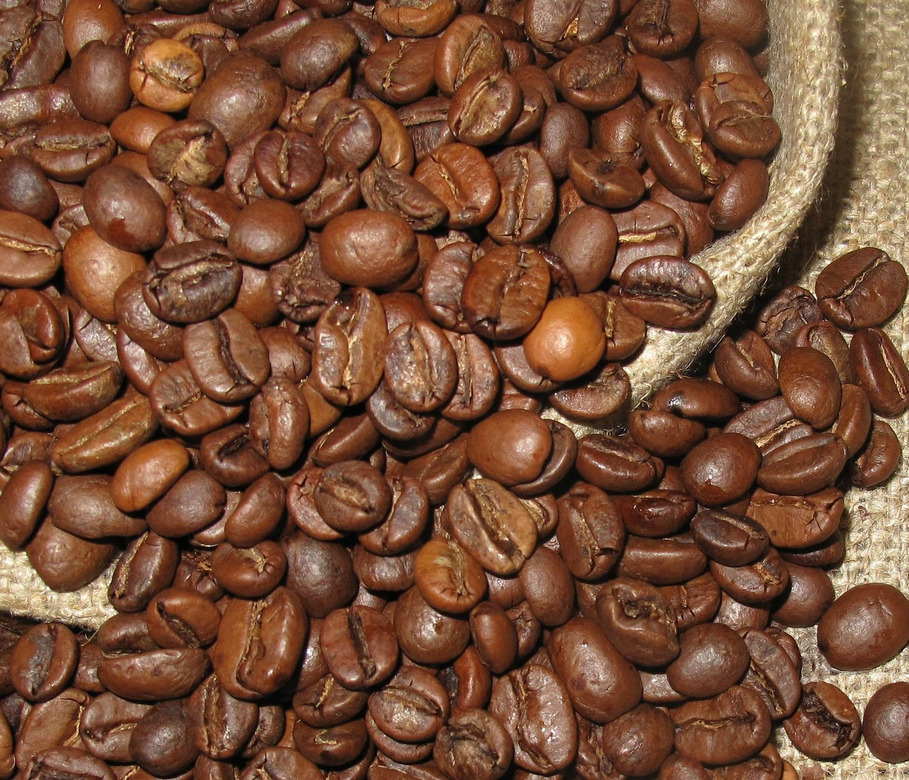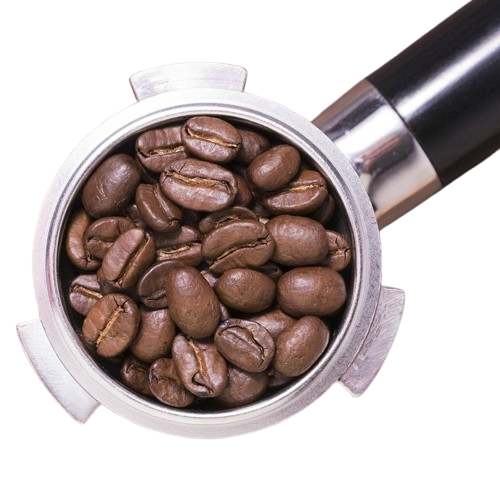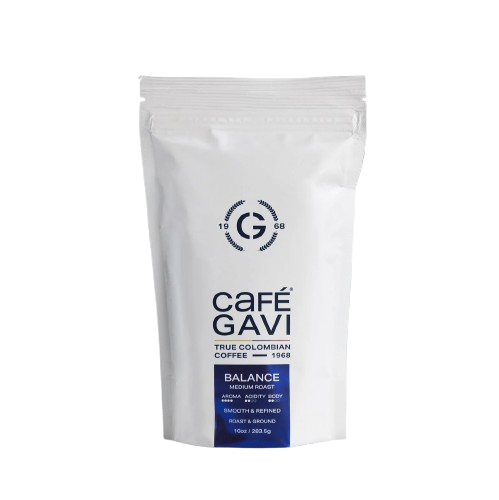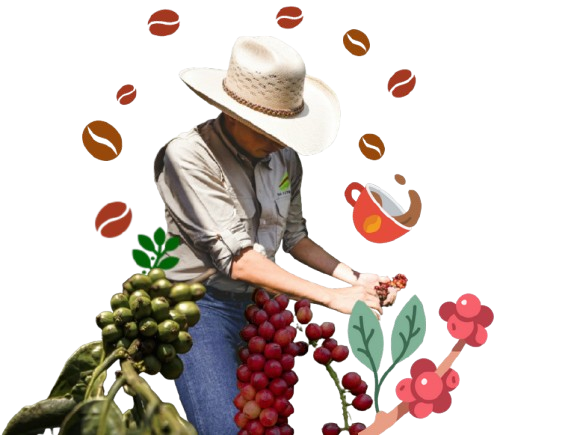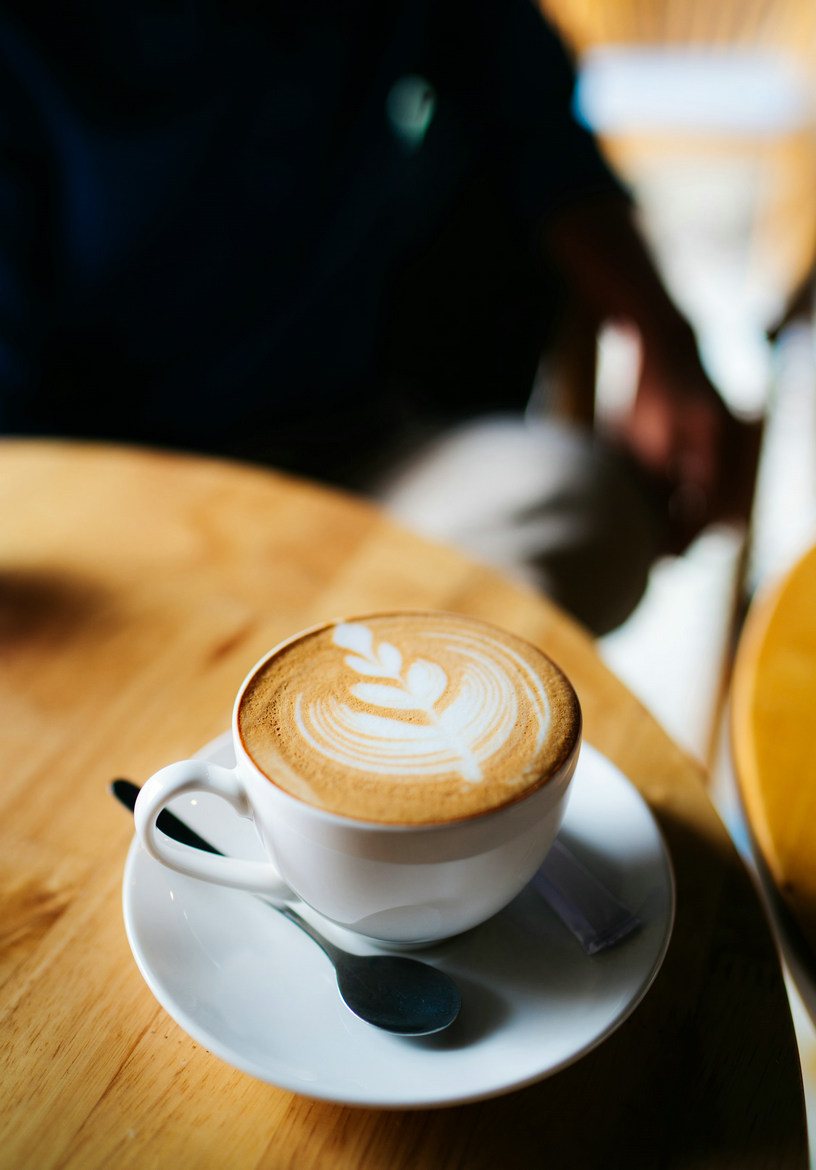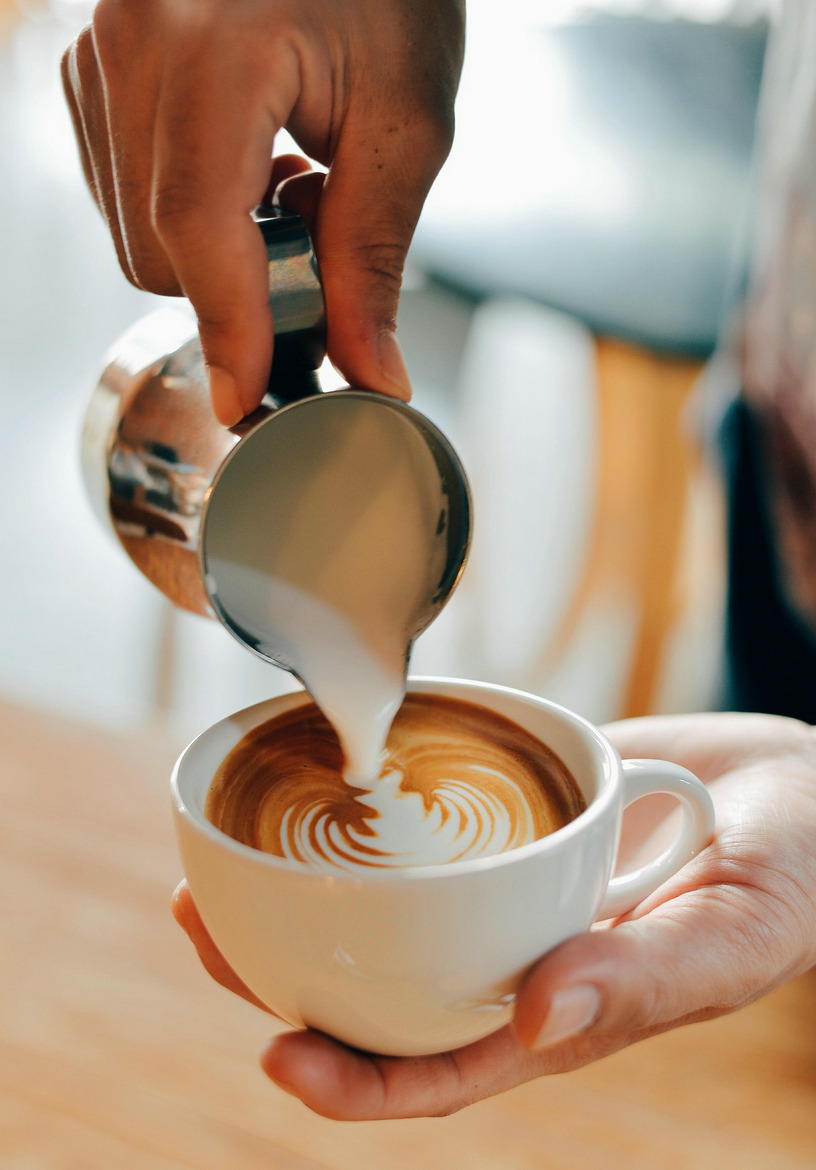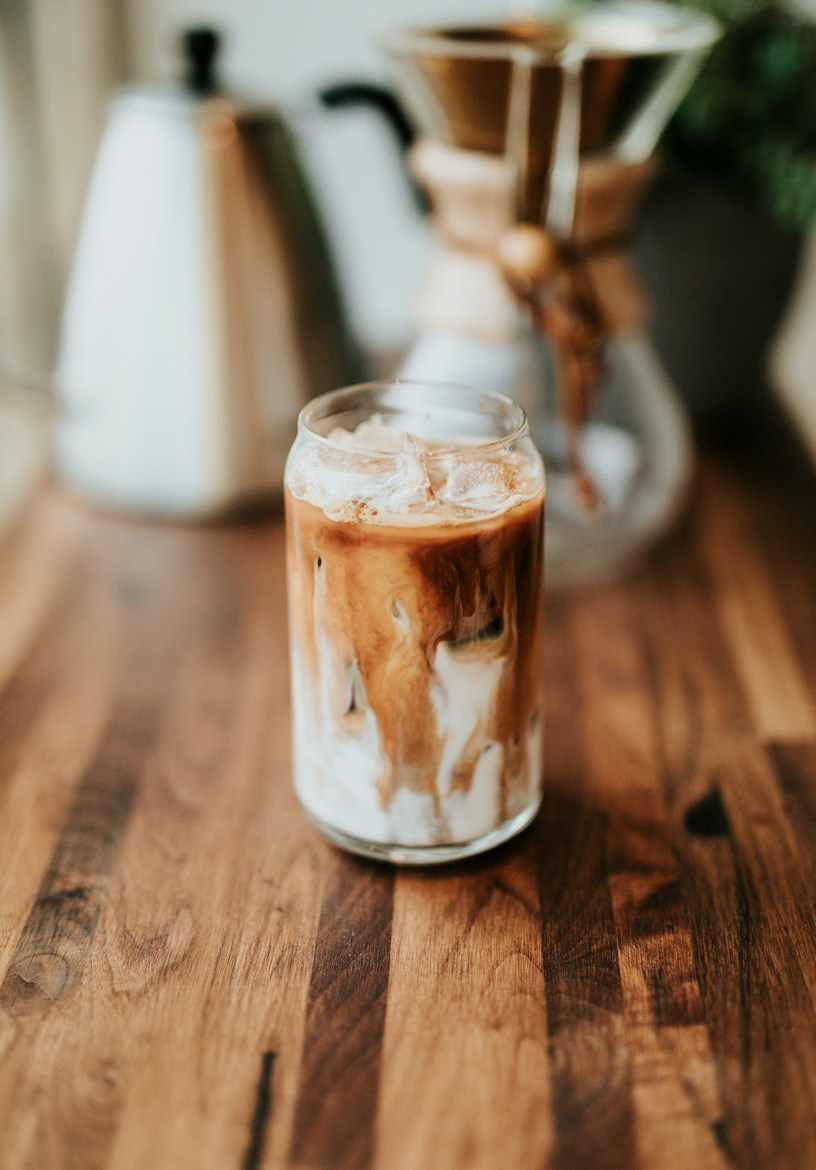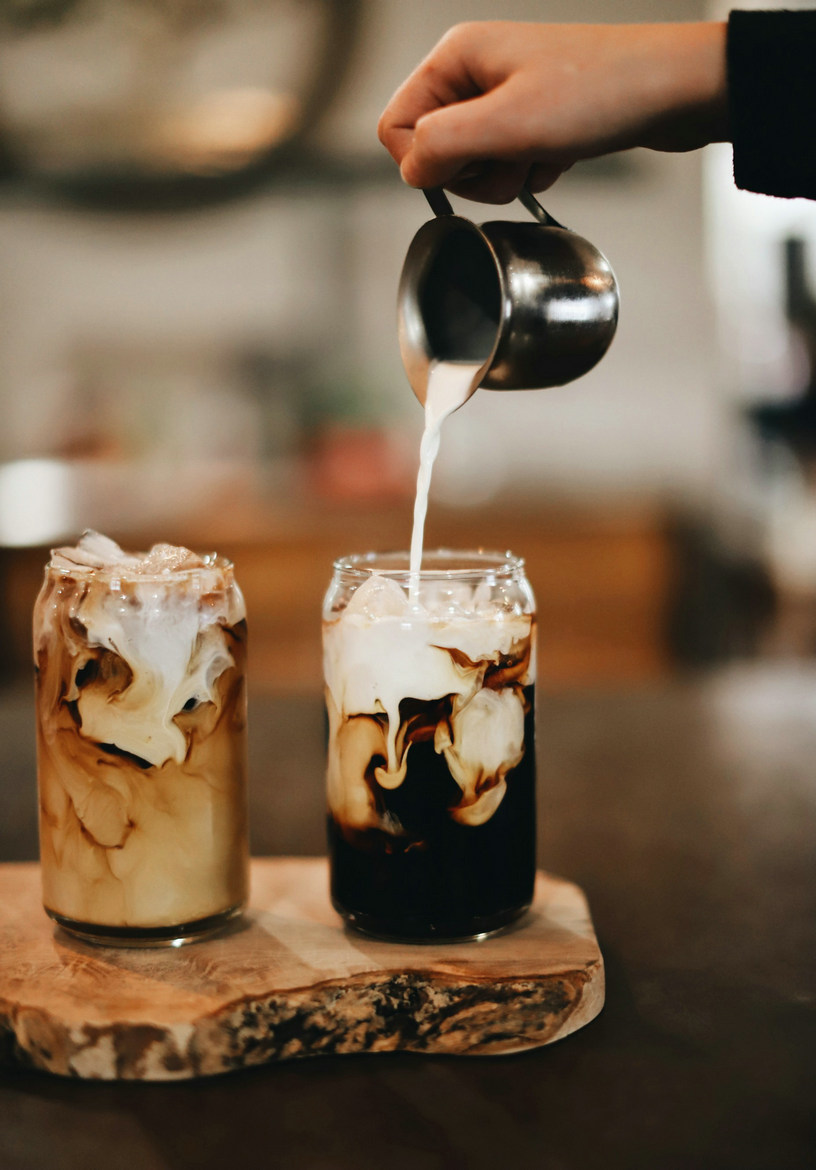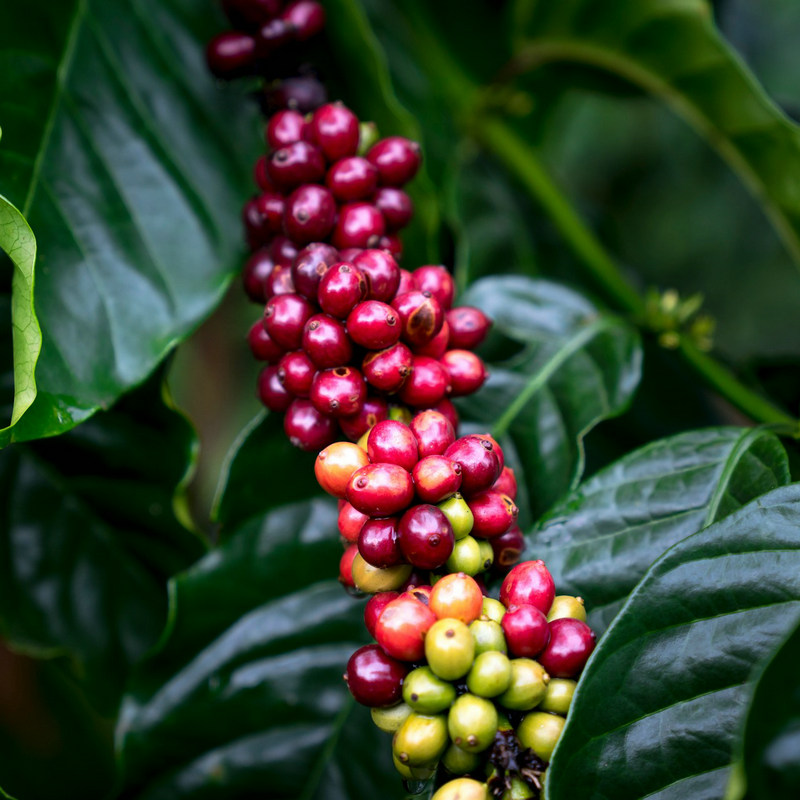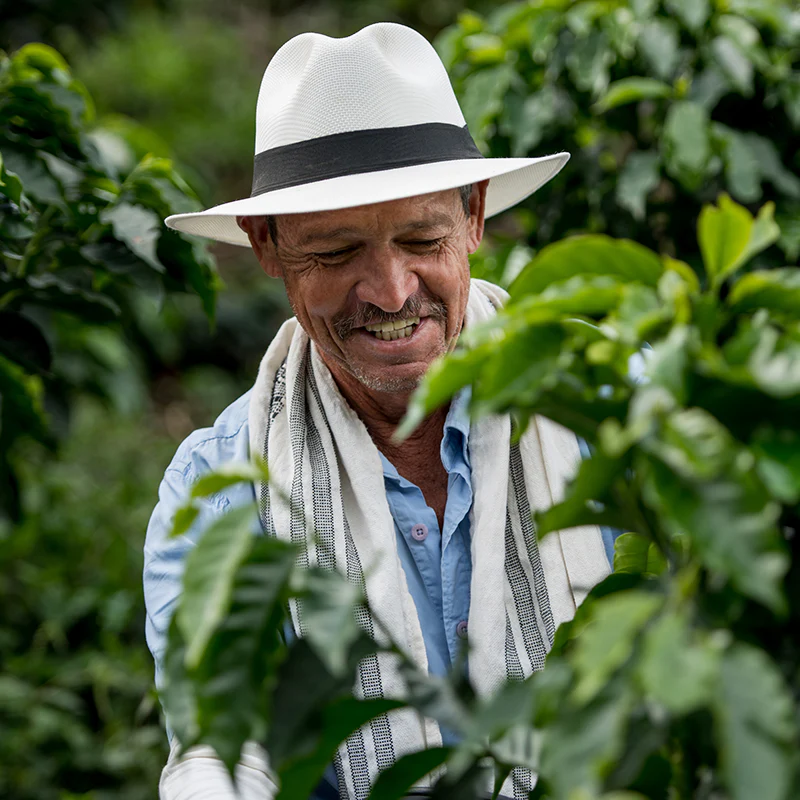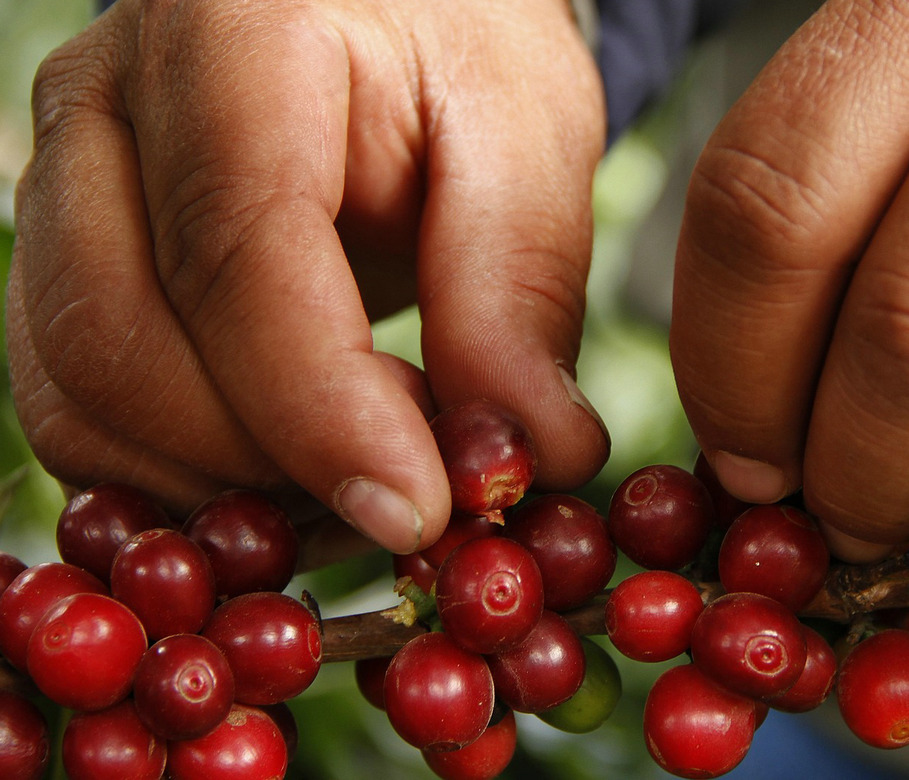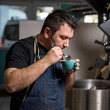The path to your next coffee begins with the delicate seedlings of the coffee tree. (As a quick reminder, the seeds of coffee cherries are the same thing as coffee beans.) Here, you’ll find the answer to a common question: “How are coffee beans grown?”
Coffee seedlings are generally planted in large beds in shaded nurseries. They’re watered frequently and protected from bright sunlight until they’re ready to be permanently planted. Often, they’re planted during the wet season so that the soil remains moist while the roots become firmly established. It then takes approximately 3 to 4 years for the coffee trees to bear fruit, depending on the variety. Coffee cherries turn a deep red/purplish color when they are ripe and ready to be harvested.
In most coffee-growing regions, there is one major harvest each year. In countries like Colombia, where there are two flowerings annually, there is a main crop and secondary crop.
When it’s time, how is coffee harvested? It varies. In most countries, the crop is picked by hand, which is a difficult, time-consuming process. In places like Brazil, where there are immense, relatively flat coffee fields, the larger farms may use mechanized processes.
Whether by hand or by machine, all coffee trees are harvested in one of two ways:
Strip Picked: All cherries are stripped from the branch at one time.
Selectively Picked: Pickers rotate among the coffee trees every 8 to 10 days, individually picking only the ripe cherries. This more costly method is used primarily for premium arabica beans.
After harvesting, coffee cherries must be processed as quickly as possible to prevent spoilage. How is coffee processed today? Through one of two contrasting methods (or a third hybrid of both methods): one centuries-old, one technology-driven.
Natural Process (Dry Method)
In this time-tested method, freshly picked coffee cherries are spread on huge surfaces to dry in the sun, then hulled to remove the skin and pulp.
Washed Process (Wet Method)
This modern method involves several steps to remove the skin and pulp from the coffee cherry, then drying the beans in the sun or by machine.
Semi-Washed or Honey Process
This blended method of processing removes the pulp of the coffee cherry but leaves at least some of the mucilage layer intact prior to the drying process.
It’s finally time to transform those green coffee seeds into the delicious-smelling brown beans we know and love. How is coffee roasted? In roasting machines, generally referred to as coffee roasters, where the beans are kept moving continuously to prevent burning.
Next, we get to the heart of the roasting process. When the beans reach an internal temperature of about 400 degrees Fahrenheit, they begin to turn brown. The caffeol, a fragrant oil locked inside the beans, also begins to emerge, producing coffee’s signature flavor and aroma.
After roasting, the beans are immediately cooled either by air or water, then packaged for distribution. Roasting is generally performed in the country where the beans will be sold, as freshly roasted beans must reach the consumer as quickly as possible.
How are coffee blends made?
If you’ve ever paused to ask, “What is blended coffee, and does it involve a blender?” … just know you’re not alone. However, blended coffee—or coffee blends—simply combine coffees from different places that have complementary flavors, aromas, and other characteristics. (They’re often made by professional roasters, but it can be done at home. Grab a coffee grinder, not a blender!)
Coffee blends are generally made with the goal of creating unique, balanced flavor profiles. When crafting their blends, roasters consider the variety of each component coffee, the region and altitude where it was grown, and how it was processed to create an optimal balance of flavors. Blended coffee tends to be more consistent in its flavor profile and is more likely to be available year-round than a single-origin coffee.
The different types of coffee in a blend can be combined before or after roasting. If all the beans in a blend have similar densities and moisture content, combining them first allows for a more consistently roasted batch. However, if the density and moisture content of the beans vary significantly, roasting them separately allows for a more controlled roast and flavor.
How is decaf coffee made?
All coffee begins as green, unroasted beans. How is decaf coffee made? All decaffeinated coffee is made through chemistry!
To remove around 97% of the caffeine found naturally in coffee, green coffee beans are warmed and soaked in liquid in one of four ways. All are equally safe and FDA compliant, and the most common is the European Method. Then, the beans are washed, steamed, and roasted at very high temperatures that evaporate all or nearly all liquid used in decaffeination.
The most common is the European Method, which has five steps.
The coffee beans are steamed to open their “pores” and make the caffeine more accessible.
The beans are rinsed with a liquid solvent, which bonds to and removes caffeine.
The liquid solution – which now contains the caffeine extracted from the beans – is removed.
The caffeine is extracted from the solution for use in other products, and nearly 100% of the solution is captured and reused to decaffeinate more coffee beans.
The decaffeinated coffee beans are dried and roasted at a temperature high enough to evaporate the methylene chloride, removing it from the beans.
